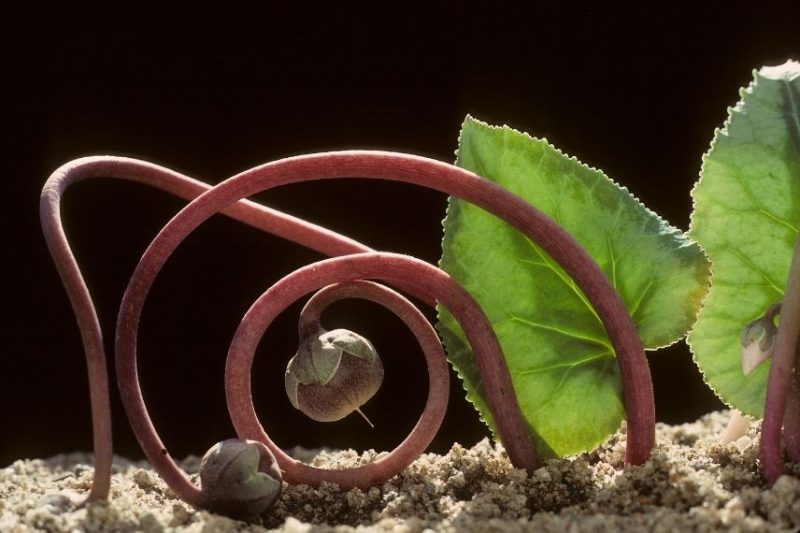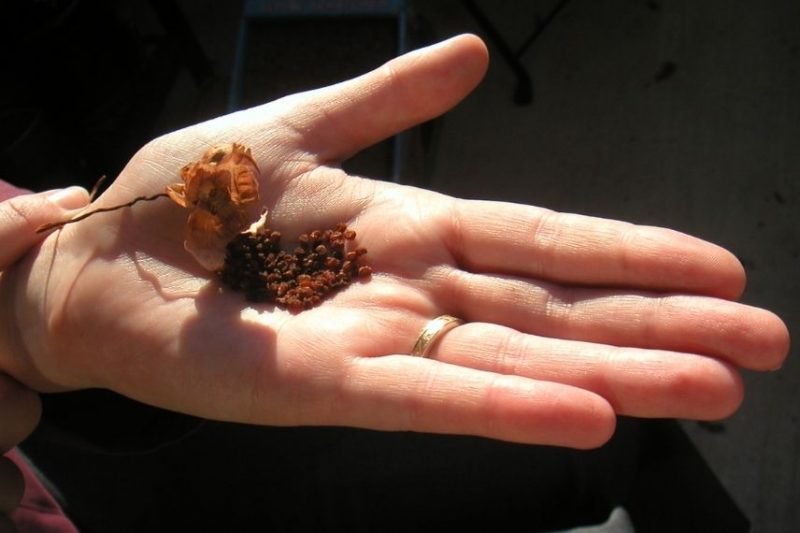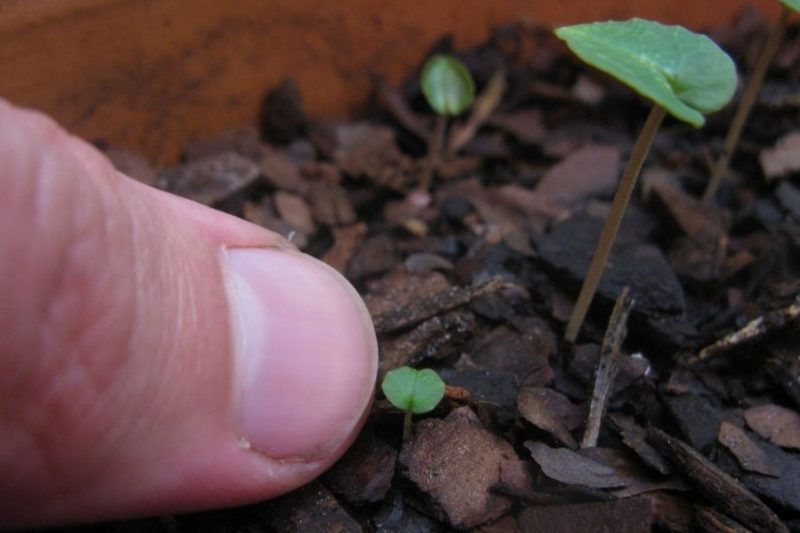The cyclamens are small perennial bulbous plants. Their adorable butterfly-wing-like flowers bloom in late winter or late summer, depending on the variety. They come in shades of pink, magenta, or white.
Low-maintenance plants, they adapt well to flower beds, rockeries, or pot planting. Cyclamens thrive in shaded or semi-shaded areas, which can sometimes be challenging to vegetate, where they can naturalise easily.
Cyclamen propagation is not done by bulb division but solely by sowing. They spread naturally this way and can form large floral carpets over a few years.
Persian cyclamens (florist's cyclamen), Cos cyclamens (Cyclamen coum) or Naples cyclamens (Cyclamen hederifolium): here are our tips for successful sowing and achieving beautiful flowering.
How to Harvest and Store Cyclamen Seeds?
You can either buy cyclamen seeds from garden centres or online, or collect them directly from flowers in your garden to propagate them. To do this, simply let the flowers wither on the plant and wait for the capsules to open to harvest the seeds.
To store the seeds until sowing, lay them flat to dry in a dry, ventilated place, away from sunlight, for a few days. Then store them in envelopes, small kraft bags, or sachets, and remember to note the harvest date, variety, and colour of the cyclamen.

Capsule containing Cyclamen seeds
When to Sow Cyclamen?
Indoors, sowing can theoretically be done almost year-round, avoiding extremes (mid-summer or mid-winter), which make temperature management more challenging.
Cyclamen sowing is ideally done from late winter to early spring, between February and May, depending on the region. However, autumn sowing is also possible, for example, with Persian cyclamen.
Note that patience is required with cyclamen sowing: while the young seedlings germinate fairly quickly, it generally takes at least 2 years (sometimes 3 or 4) before the first flowering occurs.

Cyclamen seeds
Sowing Cyclamen
Materials
- Buckets made of plastic, terracotta, or biodegradable material, with drainage holes to allow excess water to escape (or a seed press for a "zero waste" approach)
- Special sowing compost to promote germination (or compost sieve)
- Vermiculite to improve drainage and encourage rooting (optional)
- Spray bottle and watering can
- Labels (made of paper, plastic, metal, slate, wood…)
Sowing in Practice
- Soak the cyclamen seeds in lukewarm water for a few hours before sowing to encourage germination
- Fill the buckets with compost without compacting it
- Place one seed per bucket on the surface
- Cover with a thin layer of compost (about 0.5 cm), using a sieve if needed. You can mix the compost with vermiculite
- Lightly water with a spray bottle to moisten the substrate
- Label the buckets with the sowing date, cyclamen variety, and colour
It is also possible to sow directly in trays, with or without lids, or in boxes/crates. In this case, space the seeds about 5 cm apart.
The surface of the buckets should remain moist until germination. Spraying will then be needed almost daily.
Choose a moderately warm or cool location, where the temperature stays around 12 to 18 °C.
Expect germination in about 20 days at 18 °C, sometimes up to 30 days.

Young Cyclamen shoots (photo Erutuon - Flickr)
Post-Sowing Care
When the first seedlings appear, water them, ensuring the substrate never dries out completely but without waterlogging it (wait until the surface is dry before watering again). Avoid watering the leaves to prevent diseases, and preferably use rainwater, which is less calcareous than tap water.
Keep the buckets in partial shade.
If you opted for tray sowing, an additional step will be necessary: repotting. This should be done as soon as the seedlings are manageable (usually when they have several leaves). The most vigorous plants should be carefully removed from the container and placed in individual buckets filled with substrate. Pre-dig a planting hole with a pencil or stick to avoid damaging the fragile stem and roots during repotting.
































Comments